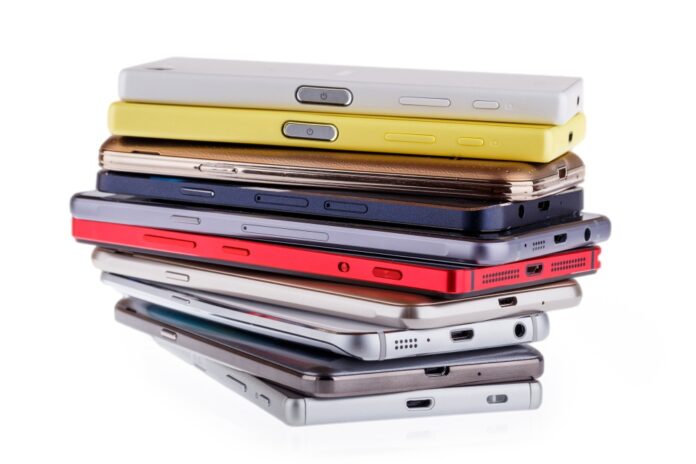Do Apple, Samsung and co want a circular economy?
The GSMA has unveiled a strategy paper for Mobile Devices in the circular economy, in the wake of the upcoming COP27 climate change in Egypt this month. The global telecoms trade body has developed its own ‘circulatory model’ revolving around the principles of maximised longevity and zero waste. It has set itself a deadline 28 years in the future for persuading mobile phone manufacturers to change their ways but many of the delegates at COP27 will claim that by 2050 much of the world will be wiped out by rising sea levels.
Extending the life of all the smartphones in the world by a year could save up to 21.4 million tonnes of CO2 emissions annually by 2030, akin to taking 4.7 million cars off the road. These huge savings could be made by changing the planned obsolescence tactic used by phone makers, because 80% of the carbon is created in its manufacture. In the making of an Apple iPhone, an Huawei Mate Pro or a Samsung Galaxy at least 50 different materials are used, including plastics, ceramics, rare metals, copper and silicon. If Apple, Samsung and co could be persuaded to change their business models, much of the mining for these materials could be avoided, according to the GSMA. Will the phone manufacturers be persuaded?
There are 2 billion phones sold every year and 90% of the world’s population already owns a mobile. However, 85% of mobile phones are not currently formally recycled,. This limits the life cycle of the materials used to build them and spoils the chances of creating a more digitally inclusive society. This could be changed by extending access to affordable re-used devices, says the GSMA. Consumers are getting interested in second-hand products and sustainability claims the study. In the past seven years, the mobile phone replacement cycle has increased by 10 months, from 24 months in 2014 to 34 months in 2021 worldwide. This trend is expected to continue with the refurbished mobile device market predicted to be worth more than $140bn by 2030 compared to $49.9bn in 2020.
If the gathering storm of global warming can just wait until 2050, the GSMA will have galvanised the telecoms manufacturers into building a circular supply and manufacturing chain based on the overarching concepts of maximised longevity and zero waste, according to Steven Moore, Head of Climate Action at GSMA and Mobile Sector Lead for the UN Climate Champions. “The mobile industry is making real progress on circularity, but there’s a lot more to do to reduce the environmental impact of devices we rely on every day to stay connected,” said Moore. “By setting out a new vision of systemic change for the sector, we’re laying the groundwork for the mobile industry to reduce material waste and increase the longevity of devices.”
Erik Wottrich, Head of Sustainability at Tele2, led the development of the strategy paper. “An increased circularity for devices has a huge potential to reduce negative environmental impact while creating new models that can generate new business,” said Wotrich, “this is a great step forward for us as an industry, but there is still much work to be done.”


